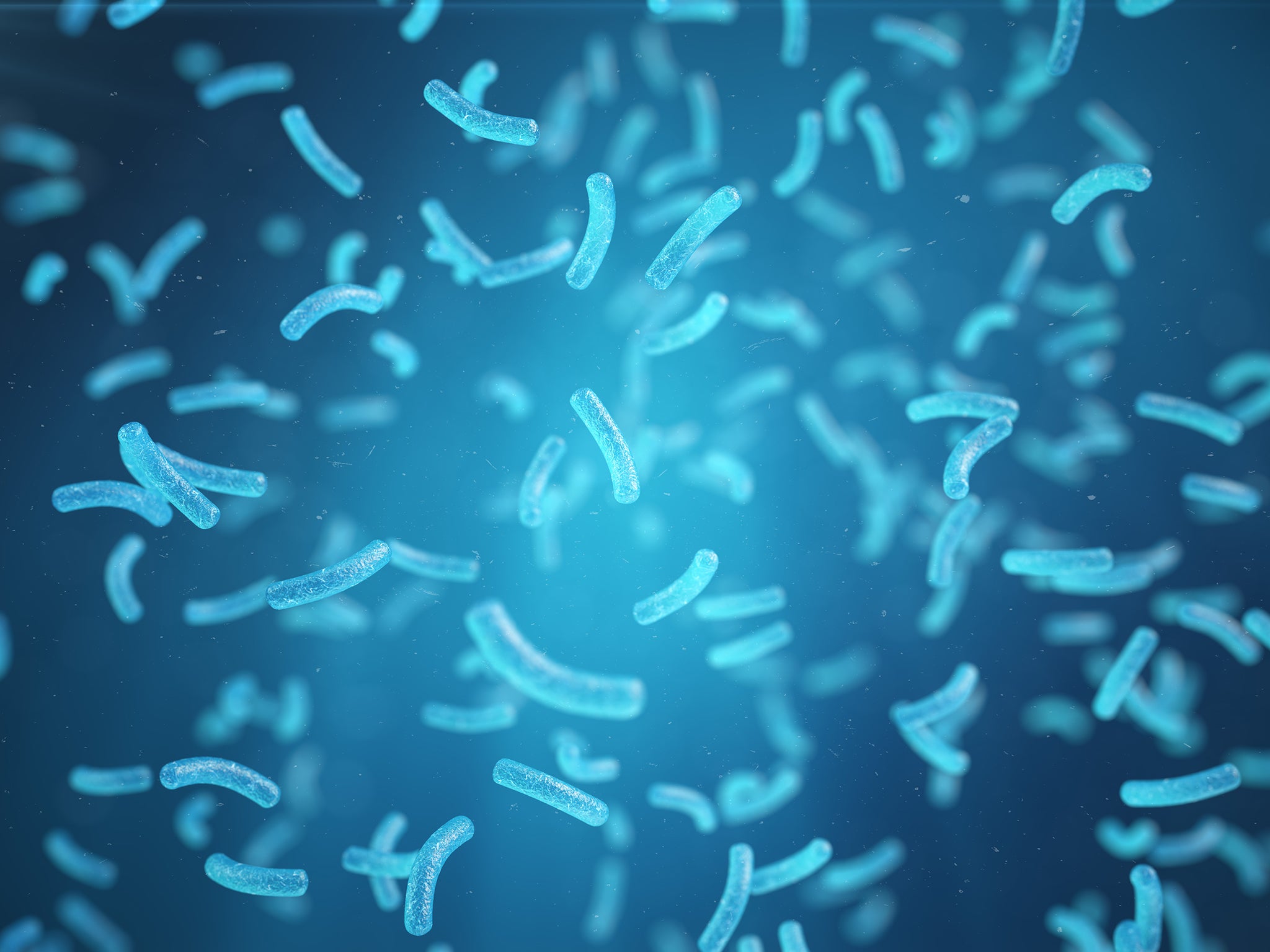Bacteria that ‘eat pollution’ and emit electricity captured in hot springs for first time
Scientists hope ‘electrogenic’ microbes could one day be used to power devices

Your support helps us to tell the story
From reproductive rights to climate change to Big Tech, The Independent is on the ground when the story is developing. Whether it's investigating the financials of Elon Musk's pro-Trump PAC or producing our latest documentary, 'The A Word', which shines a light on the American women fighting for reproductive rights, we know how important it is to parse out the facts from the messaging.
At such a critical moment in US history, we need reporters on the ground. Your donation allows us to keep sending journalists to speak to both sides of the story.
The Independent is trusted by Americans across the entire political spectrum. And unlike many other quality news outlets, we choose not to lock Americans out of our reporting and analysis with paywalls. We believe quality journalism should be available to everyone, paid for by those who can afford it.
Your support makes all the difference.Tiny creatures that can “eat” pollution and generate electricity in the process have been captured for the first time.
Scientists trekked into the depths of Yellowstone National Park to extract these bacteria, which are adapted to living in geysers and hot springs that can reach over 90C.
The so-called “electrogenic” microbes were targeted due to their ability to produce power, which experts hope could be harnessed in the future to drive devices.
However, publishing their findings in the Journal of Power Sources, the scientists admitted this could be tricky because of the extreme environments the bacteria live in, which is why they had to test their abilities in the field.
“This was the first time such bacteria were collected in situ in an extreme environment like an alkaline hot spring,” said Abdelrhman Mohamed, a PhD student at Washington State University who led the research.
The team stuck electrodes into the water of four hot springs, and left them for a month to be colonised by the bacteria.
“The natural conditions found in geothermal features such as hot springs are difficult to replicate in laboratory settings,” said Dr Haluk Beyenal, who supervised the study. “So, we developed a new strategy to enrich heat-loving bacteria in their natural environment.”
Some of these electricity-producing bacteria have the power to convert toxic pollutants into less harmful substances.
As they do so, the electrons passing through their body as they digest their food are dumped outside their bodies on minerals or metals, using hair-like structures that protrude from their bodies like wires.
This produces a stream of electricity in an efficient process that can conceivably be used in low-power applications.
While scientists hope that the microbes could one day power all kinds of systems, they have been limited by the handful of varieties that have been grown in labs.
But by employing the naturally occurring populations in places like Yellowstone, they hope they can develop something that helps to both produce electricity and clear up pollutants.
Join our commenting forum
Join thought-provoking conversations, follow other Independent readers and see their replies
Comments